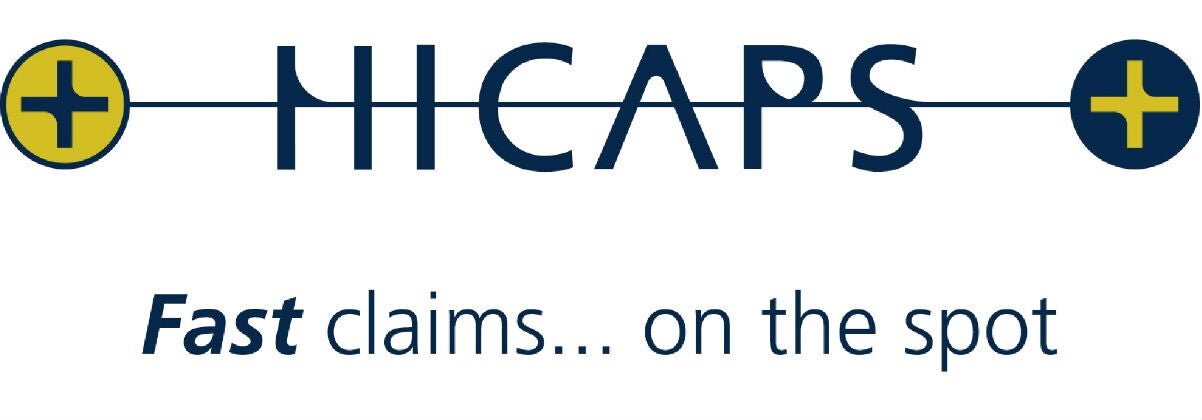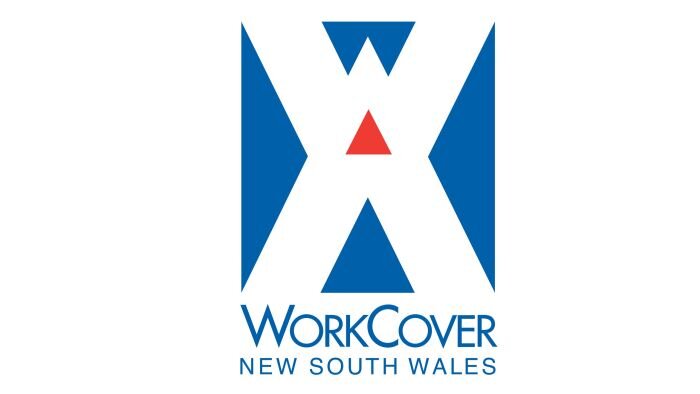Sprained Ankle
What is a Sprained Ankle?
A sprained ankle occurs when your ankle ligaments are overstretched. Ankle sprains vary in their severity, from mild "twisted ankle" or "rolled ankle" sprain through to severe complete ligament ruptures, avulsion fractures or broken bones.
What Causes a Sprained Ankle?
Ankle sprains can occur simply by rolling your ankle on some unstable ground. Common examples of this occur when awkwardly planting your foot when running, landing unbalanced from a jump or stepping onto an irregular surface.
What are the Symptoms of a Sprained Ankle?
A history of your ankle rolling is the key ingredient to suspecting a sprained ankle. At the time of the injury, you may hear a popping or cracking sound and will notice swelling, bruising and ankle pain. Lateral or medial ligament sprains are usually acutely tender over the injured ligament.
Depending on the severity of your ankle sprain, you may have trouble walking or standing on your foot. In these cases, crutches, strapping or a walking boot may be necessary to help you to mobilise throughout the day.
In more severe cases, there may be sharp pain deep in the ankle joint associated with a talar dome fracture or pain between your lower shin bones, which may be a syndesmosis or high ankle sprain.
How is a Sprained Ankle Diagnosed?
Your chiropractor is an expert in the assessment and diagnosis of ankle sprains. Your history and a thorough clinical examination will determine the severity of your sprained ankle.
“If required, you may be referred for an X-ray, Ultrasound Scan or MRI to confirm or exclude specific ligament or bone injuries.”
Which Ankle Ligaments are Commonly Sprained?
Your ankle joint, known as the talocrural joint, is made up of three bones: the tibia (shin bone - inside ankle bone), fibula (outer lower leg - outside ankle bone) and talus (deep ankle bone). Underneath the talocrural joint lies the subtalar joint, which is the articulation between the talus and the calcaneus (heel bone).
Your ankle ligaments attach from bone to bone and passively limit the motion available at each joint.
On the outside of the ankle lie the lateral ligaments, which are the most frequently injured in an ankle sprain. These include the:
anterior talofibular ligament (ATFL)
calcaneofibular ligament (CFL)
posterior talofibular ligament (PTFL)
The main medial (inside of ankle) ligament is the much stronger deltoid ligament.
High ankle sprains involve the inferior tibiofibular ligament and syndesmosis. These are more disabling ankle injuries and are often misdiagnosed as the more simple sprained ankle.
Treatment for Sprained Ankle
Unfortunately, a sprained ankle can increase your risk of re-injury as much as 40-70%, but the correct post-injury rehabilitation exercises significantly decrease the risk.
There are essential treatment aims that need to be covered to effectively rehabilitate your sprained ankle and prevent recurrence.
Treatment Aims
Injury Protection, Pain Relief & Control Inflammation
Regain Full Range of Motion
Strengthen your Ankle and Calf Muscles
Restore Joint Proprioception & Balance
Restore Normal Function
Speed & Agility
Sport-Specific Skills
Graduated Return to Training
Return to Competition
Sprained Ankle Treatment Progressions
There is no specific time frame for when to progress from each stage to the next. Your injury rehabilitation will be determined by many factors during your chiropractors clinical assessment. You’ll find that in most cases, your chiropractor will seamlessly progress between the rehabilitation phases as your clinical assessment and function improves.
It is also important to note that each progression must be carefully monitored as attempting to progress too soon to the next level can lead to re-injury and the frustration of a delay in your recovery.
Phase 1 - Injury Protection: Pain Relief & Control Inflammation
As with most soft tissue injuries the initial treatment is RICE - Rest, Ice, Compression and Elevation.
(Active) Rest: In the early phase you’ll most likely be unable to walk on your sprained ankle. Your first aim is active rest from pain-provoking postures and movements. This means that you should stop doing the movement or activity that provokes the ankle pain. In most cases, you will need to be non-weightbearing. You may need to be placed in an ankle walking boot, a supportive ankle brace or utilise crutches.
Ice is a simple and effective modality to reduce your pain and swelling. Please apply for 20-30 minutes each 2 to 4 hours during the initial phase or when you notice that your injury is warm or hot.
Compression: A compression bandage, tubigrip compression stocking or kinesiology supportive taping will help to both support the injured soft tissue and reduce excessive swelling.
Elevation: Elevating your injured ankle above your heart will assist gravity to reduce excessive swelling around your ankle.
Your chiropractor will utilise a range of helpful tricks including pain relieving techniques, joint mobilisations, massage, strapping and adjustments to assist you during this painful phase.
Anti-inflammatory medication and natural creams such as arnica may help reduce your pain and swelling. However, it is best to avoid anti-inflammatory drugs during the initial 48 to 72 hours when they may encourage additional bleeding. Most people can tolerate paracetamol as a pain reliever.
Phase 2: Regain Full Range of Motion
If you protect your injured ankle ligaments appropriately the torn ligaments will successfully reattach and heal a normal functional length. Mature scar formation takes at least six weeks. During this time period, you should be aiming to optimally remould your scar tissue to allow for full functional ankle movement and prevent a poorly formed scar that will re-tear in the future.
It is important to lengthen and orientate your healing scar tissue via massage and exercises designed to address your joint range of motion, muscle length and normal neural tissue motion.
IMPORTANT: Researchers have identifies that the history of a sprained ankle predisposes you to a stiff ankle joint that further predisposes you to an array of injuries including ankle sprains, foot pain, calf and leg injuries plus back pain. Therefore, anyone who has suffered a sprained ankle should seek professional guidance to assess the amount of ankle joint motion you actually have. Please contact your sports chiropractor for specific testing and advice.
Just as importantly, you should not overstretch ligaments and soft tissue, or you may develop a passively unstable ankle. Your sports chiropractor will prescribe the exercises that are best suited to your needs.
Phase 3: Restore Muscle Strength
Your calf, ankle and foot muscles will require strengthening after an ankle sprain. It is important to regain normal muscle strength to provide normal dynamic ankle control and function. Your strength and power should be gradually progressed from non-weight bear to partial and then full weight bear and resistance loaded exercises. You may also require strengthening for your other leg, gluteal and lower core muscles depending on your assessment findings.
Your sports chiropractor will guide you.
Phase 4: Normalise Foot Biomechanics
Sprained ankles can occur from poor foot biomechanics eg flat foot or high arch. In order to prevent a recurrence, your foot arch and its control should be assessed by your sports chiropractor. In some instances, you may require a foot orthotic (shoe insert).
Phase 5: Restore High Speed, Power, Proprioception and Agility
Most sprained ankle injuries occur during high-speed activities, which place enormous forces on your ankle and adjacent structures.
Balance and proprioception (the sense of the relative position of neighbouring parts of the body) are both known to be adversely affected by injuries such as a sprained ankle. To prevent a re-injury, both aspects need to be assessed and retrained.
In order to prevent a recurrence as you return to your sport, your physiotherapist will guide you through exercises to address these important components of rehabilitation to both prevent a recurrence and improve your sporting performance.
Depending on what your sport or lifestyle entails, a speed, agility, proprioception and power program will be customised to prepares you for light sport-specific training.
Phase 6: Return to Sport
If you play sport and depending on the demands of your chosen sport, you may require sport-specific exercises and a progressed training regime to enable a safe and injury-free return to your chosen sport.
Your physiotherapist will discuss your goals, time frames and training schedules with you to optimise you for a complete and safe return to sport. The perfect outcome will have you performing at full speed, power, agility and function with the added knowledge that a thorough rehabilitation program has minimised your chance of future injury.
What Results Should You Expect?
There is no specific time frame that sprained ankle recover. While we do know that the ligaments themselves will take at least six weeks to heal, your muscle strength, the range of motion, proprioception and return to function can vary considerably. Here are some general guidelines.
Grade 1 - Mild
In mild cases, you can expect full ligament healing within 2 to 3 weeks, but it will take at least six weeks for full scar tissue maturation.
Despite most people being told to simply “rest” and it will recover, we find that these mild sprains often result in joint stiffness, ligament laxity, muscle weakness or tightness plus reduced proprioception (balance and joint awareness).
If not adequately treated these often cause your ankle and foot joints to compensate movement at adjacent joints, which can lead to several other injuries months or years down the track.
Grade 2 - Moderate
Grade 2 injuries occur when you have a significant ligament injury that allows the ligament to excessively stretch. In most cases, these injuries result in a recovery period of 4 to 6 weeks. With increasing injury severity, the rehabilitation process becomes more complex and extensive.
All Grade 2 injuries should be thoroughly rehabilitated to enable:
full range of motion and strength
full proprioception, power and agility
full return to sport-specific drills
Grade 3 - Severe
Grade 3 ligament injuries are when the ligament is completely ruptured. More severe ankle sprain injuries can also include fractures of the bones or high ankle sprains, which will require additional rehabilitation time to a simple lower ankle sprain.
The rehabilitation of a Grade 3 ankle sprain normally takes 6 to 12 weeks but is quite variable depending on your specific injury. Your sports chiropractor or surgeon will be able to provide you with more specific guidelines and advice.
For more specific advice about your sprained ankle, please ask your sports chiropractor
General Information
Heel Pain
Traumatic Ankle Ligament Injuries
Tendinopathies/Fasciopathies
Foot Injuries
Bone Stress Injuries
Degenerative Conditions
Soft Tissue Inflammation
Biomechanical Conditions
Nerve-Related Sources
Muscle Injuries
Systemic Conditions
General Information









